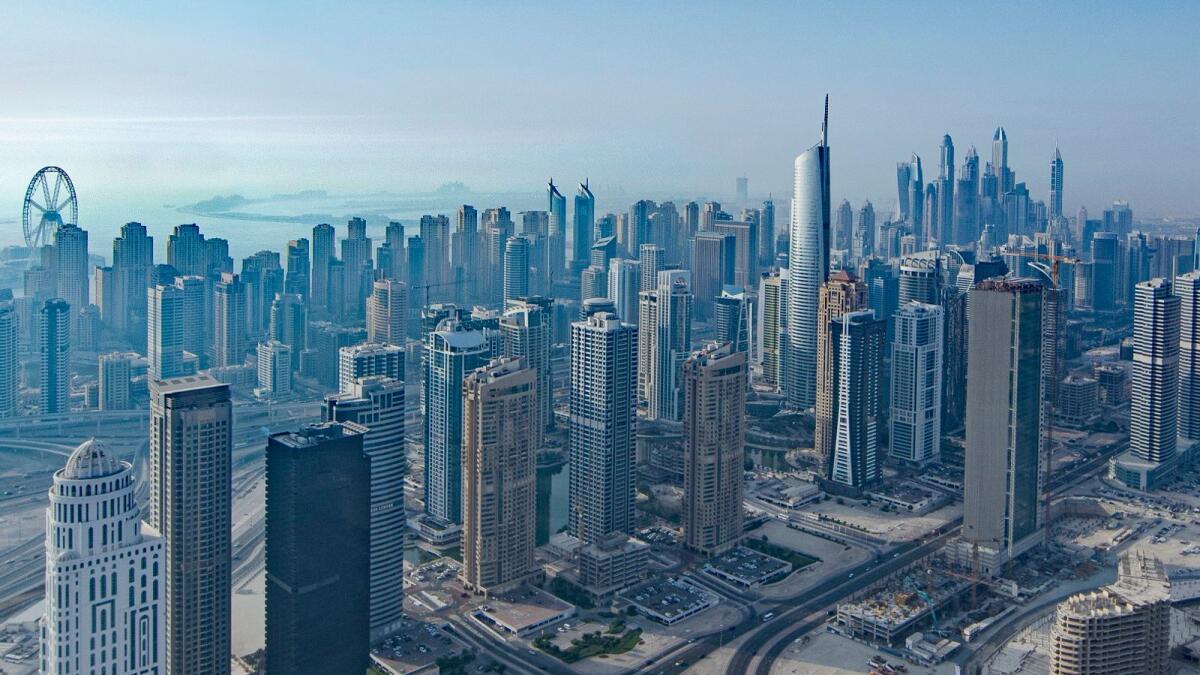Dubai law specifies the minimum space required for occupancy in villas and apartments, allowing one person per 5.0 square metres. Overcrowding, which is defined as having more than one person per 5.0 sqm, is considered a violation of local laws. For labour accommodation and similar spaces, the regulation allows one person per 3.7 square metres of space. The net area, which refers to the usable space excluding common areas, structural elements, and building services, is considered for occupancy calculation.
Property owners in Dubai are prohibited from leasing their properties if they do not comply with overcrowding and safety standards. The Dubai Land Department recently banned 10 property owners from leasing their properties due to violations following inspections conducted by the regulator’s partners. The importance of compliance with occupancy regulations in Dubai’s real estate market is emphasized by enforcement actions taken by regulatory authorities to ensure the safety and well-being of residents.
Mohammed Kawasmi, a real estate partner at Al Tamimi & Co., highlighted the significance of adhering to specific occupancy limits to avoid potential risks and penalties. Landlords are reminded to maintain adherence to health, safety, and occupancy standards to prevent legal consequences and ensure tenant safety. Non-compliant landlords may face significant fines and leasing prohibitions as a result of violating overcrowding regulations.
Maintaining compliance with regulations not only protects property owners from legal action but also contributes to the stability and reputation of Dubai’s real estate market. Sharing leased properties without the consent of the landlord is considered a breach of tenancy law and may lead to termination of tenancy contracts in addition to fines imposed by competent authorities. Similar regulations on maximum capacity apply to various real estate properties in Dubai, including retail spaces, malls, schools, hospitals, storage facilities, and factories.
In schools and colleges, classrooms must allocate 1.9 square metres per occupant while laboratories and vocational facilities require over 4.6 square metres per individual. Dubai’s strict adherence to occupancy regulations aims to maintain safety, health, and stability in the real estate market. Property owners are urged to comply with these standards to avoid legal consequences and ensure a secure living environment for residents. Stay updated with the latest news by following KT on WhatsApp Channels.









